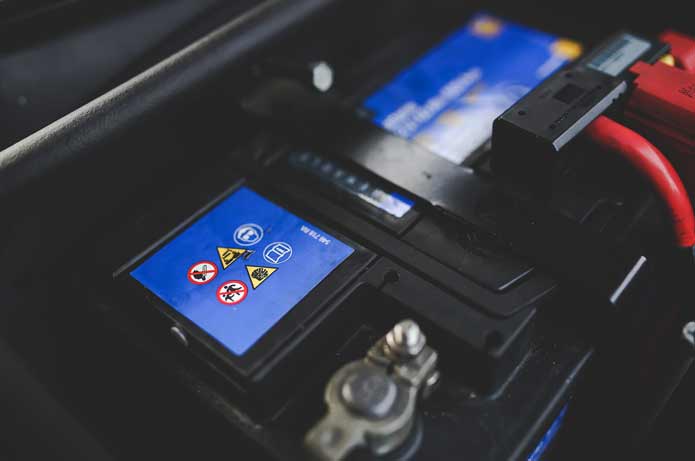Get it checked!
Batteries
• Why do they fail?
• What can you do?
• Get it checked!
During the national lockdown of spring and early summer of 2020, many drivers were unable to use their vehicles, which meant that hundreds of thousands of cars either stood idle for three months, or were only used for short journeys, such as for essential food shopping once a week or so.
This unprecedented reduction in their use led motorists to experience problems with their cars that many had previously not encountered and the number one issue was, a ‘flat’ battery.
But why?
Generally, modern vehicles are incredibly reliable, so, as drivers, we take for granted that we can just jump in and get going, without a second thought. However, perhaps somewhat surprisingly, despite their reliability, one of the worst things for a car is not using it, and it’s the battery that bears the brunt of the consequences of infrequent use.
Many assume that when a vehicle is not used, it isn’t consuming anything and while this is true in terms of fuel, oil and tyre wear, the battery is continually working, providing its stored energy to power the vehicle’s electrical systems to keep the clock running and to retain the preset programs in its electronic control units, as examples; although this isn’t a huge drain, it is constant.
In addition, what is also underappreciated is the fact that starting an engine takes an enormous amount of power and again, we generally never think about it, and take the fact that the car will start for granted.
Although many motorists are aware that batteries that are not frequently charged gradually discharge, there is still considerable confusion as to what constitutes a ‘flat’ battery. Many believe that if the lights, ignition or radio can function, the battery must be okay, not realising the enormous demand it is under to just turnover the engine, let alone power the ignition system to enable it to start.
Another misconception, which actually does more harm than good, is to start the engine and let it run for 10 minutes in the belief that this will sufficiently charge the battery if the vehicle isn’t regularly being driven. In fact, the reverse is normally the case, as this will undoubtedly take far more power out of the battery than the alternator can replace during a few minutes at idle, thereby discharging the battery further.
So, what’s the answer?
To regularly charge the battery, ideally with an intelligent or smart charger.
Despite being thought of as a relatively simple product, there is a lot more to a battery than many people appreciate, not least its voltage and what defines ‘flat’. It might well surprise many that a ’12-volt battery’ registering less than 12.35-volts means it is seriously discharged and should be charged immediately.
A smart charger can be left connected to the battery for a prolonged period because it automatically checks the battery’s state of charge and adjusts the charging pattern accordingly. Once charged, it will monitor the condition and, if necessary, exercise the battery and regulate the power input, to maintain the ongoing performance.
Smart chargers are both relatively simple to fit and inexpensive to buy, which means putting the process into action is a realistic solution for most motorists and one that will save them money. However, even more importantly, it could prevent them from being left without the use of their car when they really need it.
Get it checked!
Irrespective of whether drivers feel confident to fit a charger themselves or not, it’s a good idea to have the condition of their car battery assessed by a professional. This is a service offered by most reputable independent workshops and one that will highlight potential faults before the battery fails completely.

